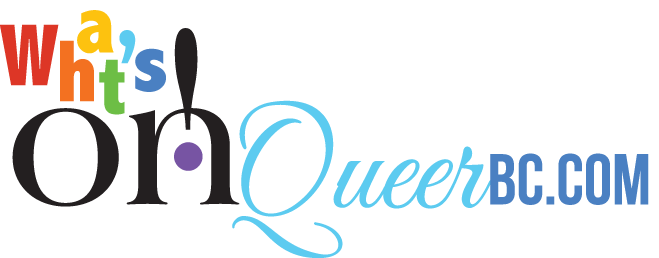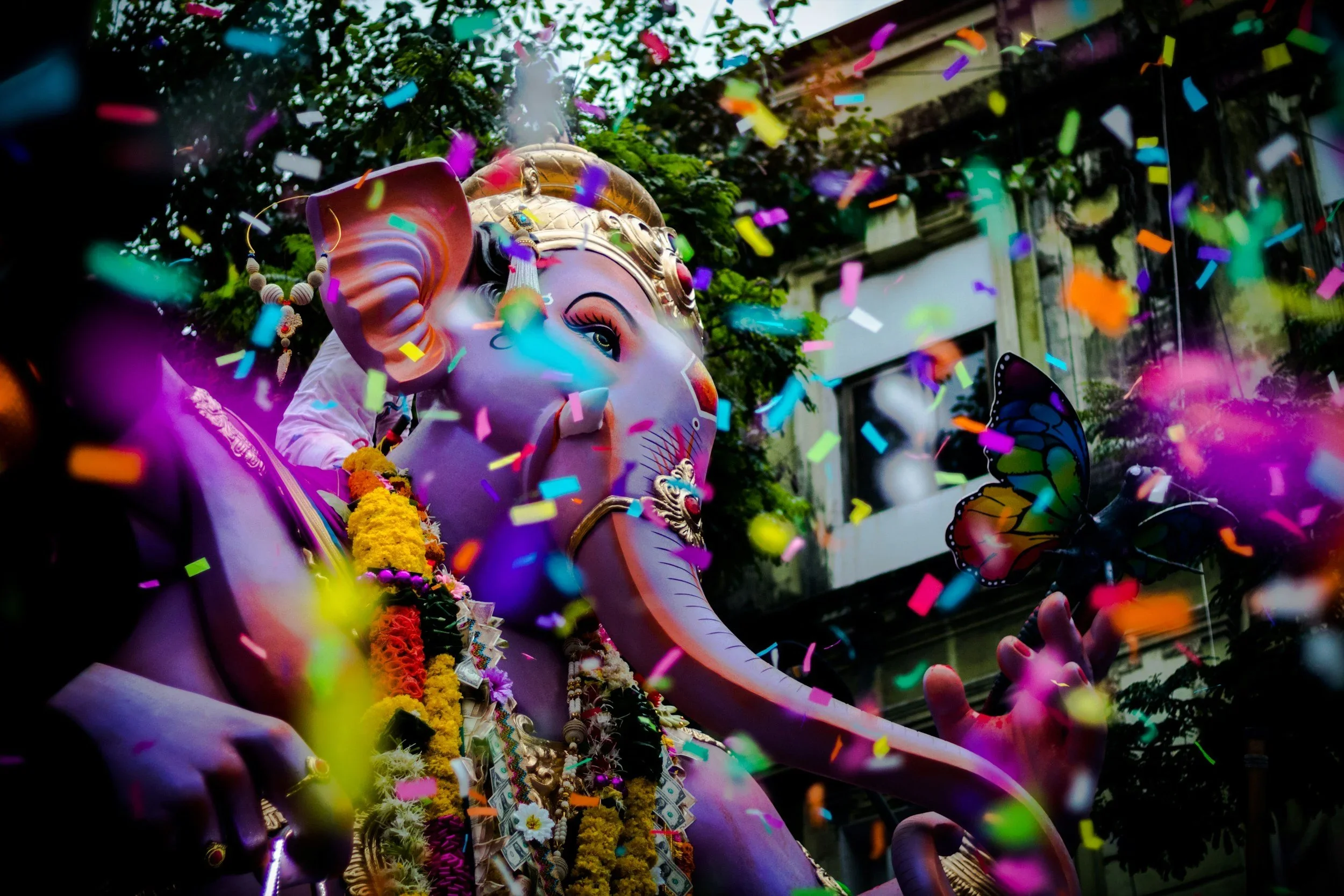How to talk to your kids about drag
by Emory Oakley (originally published in 2019)
With Pride season coming up many parents are considering whether or not they should bring their children out to the parade and other Pride festivities.
If you are straight and considering attending Pride with your children, I think that’s great, but please consider your intentions prior to attending. Pride is Political. Do you want to be there to show your support? Do you want to teach your children about queer culture and foster openness? I am hoping that because you are here the answers to those questions are yes.
That’s a great place to start. Though do also remember that people in the queer community are often explaining/justifying their identity and educating others; so, when you can, seek out information to educate yourself on your own. Do not expect emotional labour from members of the community when there is a plethora of information out there. If you still have questions then by all means ask, but doing it from a more educated place will make us much happier.
Drag Queens are a very visible part of Pride and Drag is a huge part of the queer community but some parents seem to be unsure of how to talk to their children about Drag. So let’s talk about it!
What is Drag?
Drag, as we see it on Drag Race the hit reality TV series by RuPaul, is oftentimes a performance of hyper femininity. But drag is so much more than that. There are also Drag Kings who perform a heightened version of masculinity. As well as others who perform genders outside of the binary. In Vancouver, we are lucky to have drag performers like Rose Butch, who identifies as being a Drag Thing. A drag thing is a person whose drag is not focused on performing any gender, but instead encompasses the fluidity of gender.
But overall, Drag is an opportunity to play with gender, and is often a social commentary on gender and gender norms.
Familiarize Yourself with the History of Drag
Drag has been a huge part of our history as queers. Drag came as a response to oppression of queer folks and turned into an act of resistance against this oppression. It is important to familiarize yourself with this history, especially if you are a straight person wanting to attend Pride. Because Pride isn’t just about celebrating being queer, it still is a resistance to the oppression that many of us continue to face. It is an opportunity for us to be visibly queer and proud of who we are despite the people who are telling us we shouldn’t exist.
Trixie Mattel, a previous contestant on RuPaul’s Drag Race, is a great place to start learning some of this history in this article InQueery: Trixie Mattel Breaks Down the History of "Drag".
Talking About Drag: A Gender Perspective
Since I have not personally performed drag I don’t feel qualified to talk directly about the performance of drag but would approach this conversation from a gender perspective.
The performance of drag is often a social commentary on gender and is performed with the intention of subverting gender roles and gender expectations. Simply, drag is a performance of gender; and gender performance is something that everyone participates in day to day no matter how they identify. Gender performance is the acts or behaviours that people engage in on a daily basis that affirm their gender. These behaviours are typically unconscious things we have learned based on social feedback.
Stereotypically this would be behaviours such as the way one chooses to dress and how they act socially that would que people to categorize them as male or female. Queer folks, and thankfully many others these days, know that the way someone presents or acts is more fluid than the binary categories of male and female, and is not representative of ones gender identity or sex. These behaviours that are stereotypically coded for one gender or the other are exactly that, stereotypical, and are not actually representative of people in that category. By now we are all (hopefully) starting to realize that the idea that ‘barbies are for girls and Hot Wheels are for boys’ is an outdated concept.
This is what’s important about drag. The exaggeration of gender, or choice to perform outside of the gender binary, not only allows the performer to explore and make fun of gender but gets the audience members to think about gender and it expectations, even if they are doing so subconsciously.
Gender expectations themselves are very constricting. That is what is so freeing about drag. Even being transgender there are certain expectations about how a person should or should not look, or behave, based on the gender they are presenting as. This also extends to what their transition should look like and the decisions they should make in regards to their body to adhere to their chosen gender. All this does is reinforce outdated gender roles and expectations that are unhelpful to anyone.
So, if you’re going to take your children to pride and are worried about fielding questions about ‘people in dresses who also have a beard’, or ‘why there are people topless with tape over their nipples’ or have glitter beards, etc. Consider talking to your children about an individual's right to express themselves how they like and introducing them to the complexity and flexibility of gender. There should not be certain expectations placed on individuals based on the genitals they were born with or the gender they may appear to present as.
Pride is political and these conversations are not necessarily easy to have, but in my experience children are more likely to be understanding and accepting than we may think. This is because they have likely not yet learned to be hateful and are often just genuinely curious. So be prepared for their questions.
Before I started to transition medically I cut my hair short and started to dress more traditionally masculine (ie. wearing a dress shirt and a bowtie rather than a dress to formal events). At that time I would get questions from children about why I had chosen to cut my hair or why I wore a bowtie and depending on their age they were often satisfied with a simple answer like “because I like bowties”. Be honest with them and often the simplest answer is the best answer. As they get older the more in depth you can explore gender.
Drag 101: Drag Etiquette
I know that Drag Queens are fabulous and glamorous, but there are some things you should know before going to a show or attending Pride. I found this amazing list of common answers to beginners’ drag questions from the Daily Hive that is perfect:
No you can’t touch my hair, my face, my outfit, or my soul.
No i will not show you how to do makeup.
No I wasn’t on Drag Race.
No I don’t know your friend who tells you they go to drag shows.
No I don’t know your friend who is a drag queen in a different city/country/continent.
The best thing you can do when it comes to topics such as these is to educate yourself. Learn about the culture and the community so you have some answers when your children ask. But also don’t be afraid to say you don’t know, there is an amazing opportunity to learn together if you just admit that you don’t know and find the information together.
Other Resources
Is it OK for your kids to watch or take part in drag performances? - It’s important for parents to have healthy conversations about gender expression with their children, says Calgary-based psychologist. Read article on CBC here.
Drag Kids - A daring and touching portrait of four kids chasing freedom and friendship through the art of drag. Read more here.
Drag kids: How their parents protect them from the haters - Parents deal with inappropriate comments — both on- and off-line — heckling and even physical altercations. Read more here.

